Geology
The ORMGP has built upon the geological interpretation of the Oak Ridges Moraine sediments undertaken during the 1990s by the Geological Survey of Canada (GSC). Beginning in 2001 several key phases of successive geological interpretation have led to the development of interpreted digital geological layers across different parts of the study area. The focus has been on the unconsolidated glacial sediments that, in places, can extend up to some 200 m in thickness. Across most of the study area the geological layers were developed using visual interpretation of well records on three dimensional dynamic cross-sections. Each successive phase of geological interpretation has contributed to the current geological interpretation and understanding of the Quaternary sediments in the program study area. The significant phases of work are described below:
- 2001 to 2006 – Regional Model – provided a five layer (strata) geologic model in the area extending from below the Niagara Escarpment in the west to the Trent River Watershed in the east. The geological interpretation was a refinement of the GSC’s original geological interpretation.
-
2003 to 2006 – Core Model – provided an eight layer geological model. The “Lower Sediments” found in the original GSC interpretation were divided into three layers: Thorncliffe Formation (aquifer), Sunnybrook drift/diamict (aquitard) and Scarborough Formation (aquifer). This conceptual model stretched between Lake Ontario in the south and Lake Simcoe in the north, and in an east-west direction, extended from the top of the Humber Watershed in the west to the Duffins Creek watershed in the east.
- 2005 to 2006 – Core Model Extension – the layers developed for the 2003 to 2006 Core Model were extended:
- westward above the escarpment to the west boundary of the Credit River Watershed;
- eastward to the east side of the Ganaraska Conservation Authority boundary; and
- northwards to encompass all of Durham and Peel Regions.
- In addition, the bedrock was subdivided into several Paleozoic Formations.
- 2006 to 2008 – Durham Model – provided a ten-layer model for the Regional Municipality of Durham. The Newmarket Till was divided into the Upper Newmarket Till (aquitard), the Inter-Newmarket Sediments (aquifer), and the Lower Newmarket Till (aquitard).
- 2008 to 2010 – East Model – provided a 10 layer geological model (similar to the above) that extended from the York-Durham boundary through to the eastern and northern borders of the Trent Coalition Source Water Protection area.
- Post 2010 – Geological refinement of earlier layers by ORMGP. The most significant work involved the renewal of the Durham Region model, where geological layer refinements were carried out by consultants to Durham Region. These refinements are reflected in the geological layers on the ORMGP website. In addition, geological layering across Halton Region and in the north parts of the Nottawasaga watershed and around Georgian Bay was taken from source water protection modelling efforts undertaken by consultants. Since geological picks were not part of the delivered data, these layers were amalgamated into the ORMGP geological model layer by layer, by adjusting the boundary to minimize large discrepancies in layer elevation (i.e. minimal boundary faults).
For the ORMGP constructed surfaces, the geological interpretations included:
- Expert interpretation: Geological ‘picks’ of the main regional geological layers are made at boreholes on cross sections. These are stored in the ORMGP database and used as the main input in the kriging or interpolation of the geological surfaces. Higher quality PQ cored wells, as well as consultant logged wells are evaluated first, followed by lower quality water wells. Three-dimensional digital geological contact lines are also used to constrain the interpolation of layers between boreholes. Geological contact lines were used to:
- define layer pinch-outs;
- incorporate subglacial erosion on the bedrock surface and on top of and through confining aquitards (e.g. tunnel channels); and
- reflect conditions where a well drilled into a layer provides evidence that the bottom of the layer exists at some depth below the well bottom (“pushdown points”).
- Data integration: The geological interpretation illustrates the importance of integrating all data types in the geologic/hydrostratigraphic interpretation process. Effective database querying allows for the identification of complex patterns and correlations between the lithology and other hydrogeologic indicators (e.g., well screen placement) helping to at least partly overcome data quality deficiencies in driller’s logs.
In addition to the above, the geological interpretation is continually evolving. With the addition of new wells (both from the MECP as well as other consultant BHs) to the database, geological interpretations can subtly change as new wells are reviewed and additional geological picks are incorporated into the database and used in re-interpretations.
